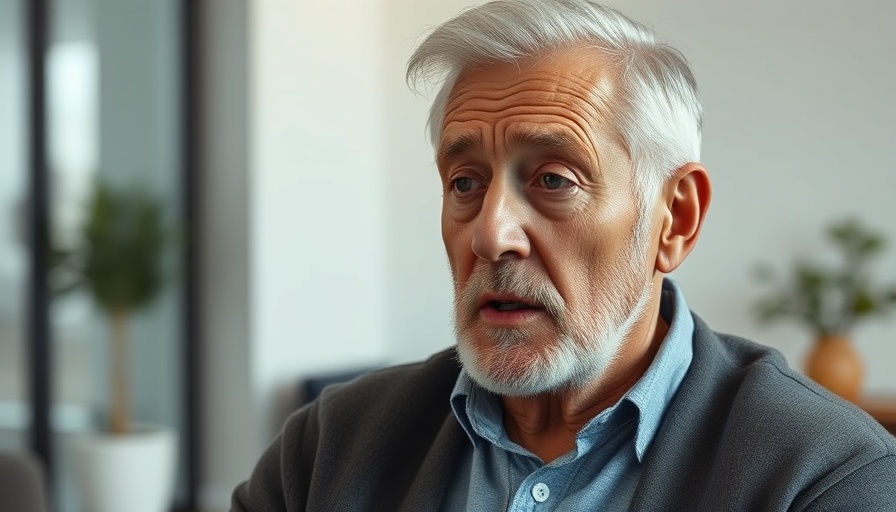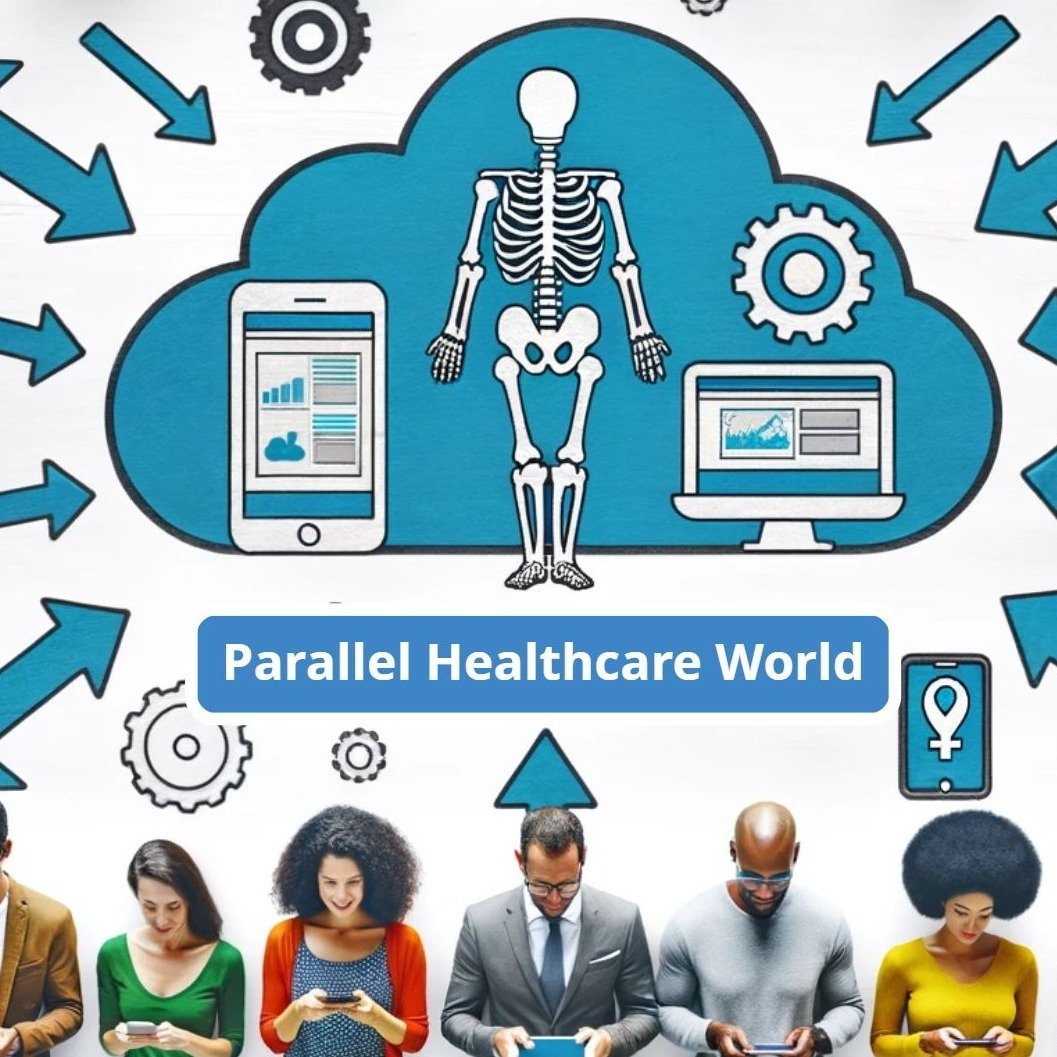
Major Cuts to Federal Health Agencies: What to Expect
The Trump administration's recent proposal to slash over $40 billion from federal health agencies has ignited significant debate. Targeting the Department of Health and Human Services (HHS), the plan suggests a staggering cut that constitutes nearly one-third of HHS funding. Key agencies like the Centers for Disease Control and Prevention (CDC) and the National Institutes of Health (NIH) would see cuts of 44% and 42%, respectively. A restructuring effort, coined the Administration for a Healthy America (AHA), is expected to consolidate various health programs, thus raising concern over the future of crucial health initiatives.
Rural Healthcare Risks and Community Impact
The proposed budget also includes the elimination of essential programs such as rural hospital grants and Head Start funding, leading to serious implications for low-income families and marginalized communities. Critics argue this move could disproportionately impact rural areas where healthcare access is already limited, increasing both immediate health costs and long-term healthcare burdens. More than ever, it highlights the intertwining of politics and public health and raises pressing questions about the administration's priorities, especially in a time when health disparities are already pronounced.
Whose Spending is Considered 'Wasteful'?
The administration’s justification hinges on the belief that these cuts will eliminate 'wasteful' spending; however, many healthcare professionals and community advocates argue otherwise. Particular programs aimed at promoting minority health and advancing nursing research are viewed as vital. The reinstatement of funding to the NIH will be crucial, as any diminished focus on these essential areas could hinder progress in health equity and innovation.
Future Outlook and Community Action
As many health advocates rally against these cuts, it is clear that the healthcare narrative is shifting. With influential stakeholders banding together, there is potential for grassroots mobilization to challenge the budget proposals and advocate for health equity. Community members are urged to stay informed and engaged—every action counts when it comes to protecting public health funding.
Ultimately, the administration’s proposed budget cuts raise fundamental questions about health care priorities in America. It is imperative that citizens remain vigilant in seeking to influence policy decisions that directly affect their health and well-being. As engagement grows, it becomes evident that the future of public health depends not only on financial resources but on the voices that demand accountability and advocacy for vulnerable populations.
 Add Row
Add Row  Add
Add 




Write A Comment